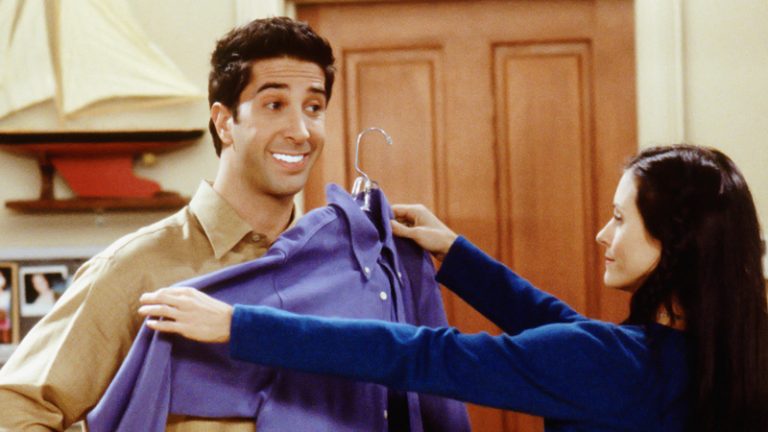
You take a photo wearing a big, bright smile. As you review the photo, you wonder, “Are my teeth really that yellow?” You’re not alone. Millions of over-the-counter teeth whitening products are sold each year to help us all achieve the pearly white smile we desire. As you select your whitening products, learn the difference between whitening strips and whitening toothpaste and how each may (or may not) help.
All whitening strips use the power of peroxide to go past the enamel layer of the tooth to whiten. The effects can range from a mild whitening to dramatic. Many people dislike whitening strips because of a bad fit or an unpleasant taste, but strip technology has come a long way in the past few years. There are now whitening strips that can be done in one day from the comfort of your home and adhere so well that you can drink and talk normally. Just be sure to find one that is American Dental Association approved so that you know it’s safe for your teeth.
While it is common for whitening strips to cause some sensitivity, this doesn’t mean that your teeth are damaged. When you experience sensitivity after whitening, the peroxide has gone down to the innermost layer of your teeth and has irritated the nerves. Temporarily delay treatment until it feels better; then you should be able to continue whitening. Consult with your dentist if the sensitivity is painful or lasts a long time. Whitening strips can damage your enamel if used too often, so be sure to follow the recommended directions.
Whitening toothpaste works differently than strips. The toothpaste version doesn’t contain peroxide, so it can’t penetrate below the enamel to remove older and deeper stains. This doesn’t mean toothpaste doesn’t help, though. Whitening toothpaste buffs the surface layer of stains from teeth with chemical or specially created abrasives. They can also contain blue covarine, which adheres to the teeth to help cancel out the yellow, making your teeth immediately appear whiter.
Just like whitening strips, whitening toothpaste is safe for teeth (just look for the ADA seal of approval), but can cause damage to the enamel if used too much or if you brush too vigorously. Be sure to follow the recommended directions on the product.
If you’re looking for a deep, dramatic whitening, contact us to learn more about our in-office and take-home whitening options.
What whitening products have you tried?